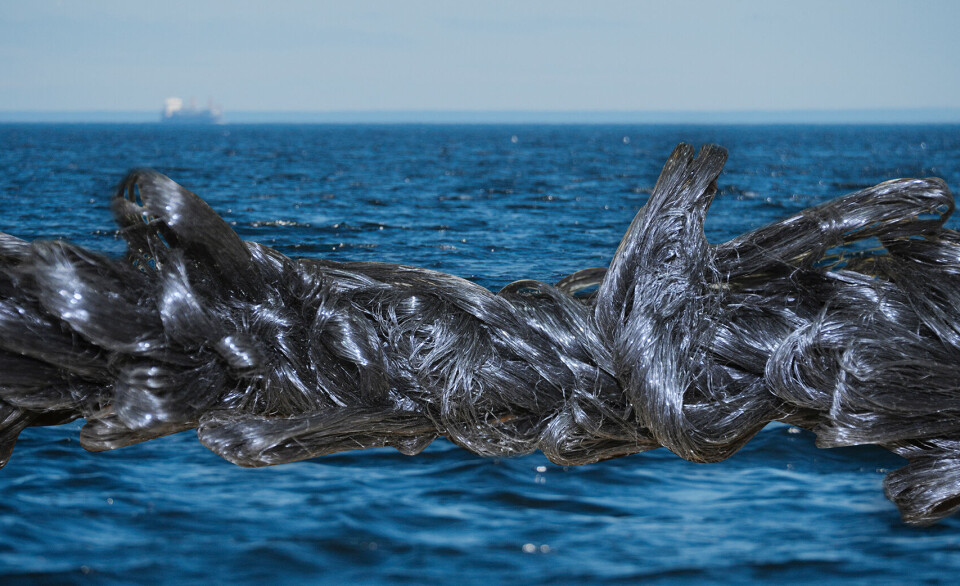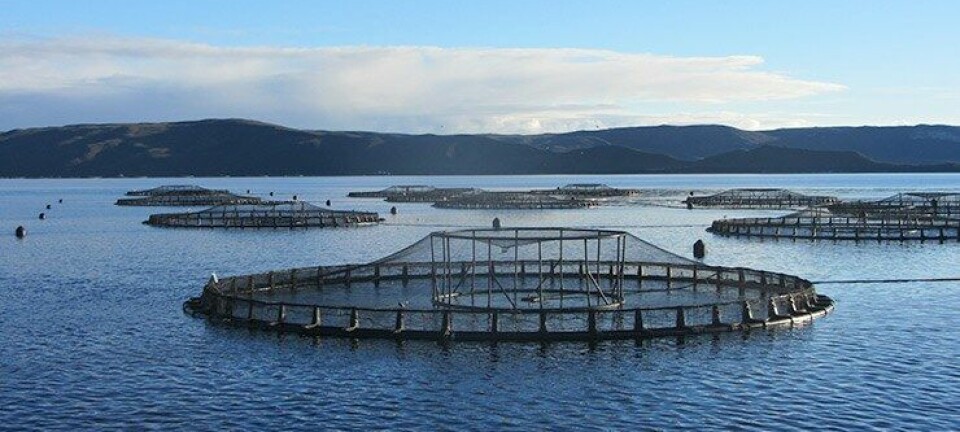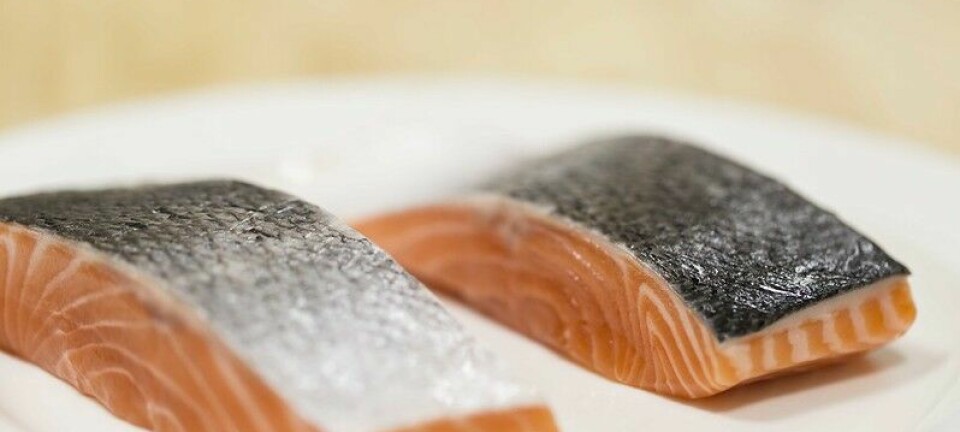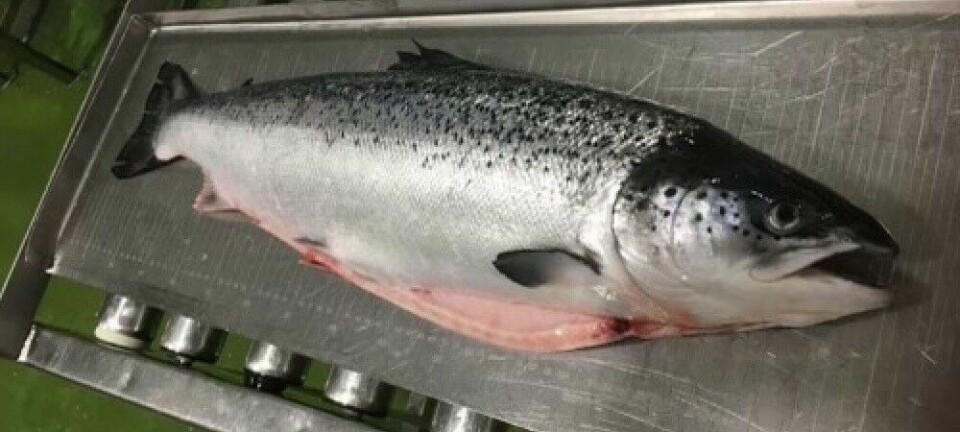
Garware mussels in on spat collection market
Aquaculture net and rope producer Garware Technical Fibres has developed a new spat collecting rope for the Chilean mussel industry, which earns more than US $370 million per year from exports of Mytilus chilensis.
“The shape of our rope allows the mussel to adhere more efficiently; its polypropylene fibres are highly fibrillated loops, thus offering resistance as a support for the growth of the mussel,” said Francisco Serra, commercial manager of Garware Technical Fibres Chile, in a press release.
The line is UV stabilised to ensure durability in aquatic environments. It can be provided in different loop sizes, according to customer requirements. It has a diameter of 16 millimetres and the loop has a length of 40 to 50 mm, made in three strands for greater resistance.
A fundamental activity
“The cultivation and processing of mussels is a fundamental activity in Chilean aquaculture and has significant contributions to the national economy,” said Rodrigo Carrasco, executive director of Mitilicultores de Chile (AmiChile), an organisation that brings together the cultivation, processing and export of mussels.
“Almost 100% of mussel farming in Chile comes from Los Lagos region and involves various actors that make up an industry with more than 650 growers, of which more than 90% are smaller companies.”
Gastronomic interest
Serra said: “The synergy between the experience and technical knowledge of Garware Technical Fibres, together with the growing demand for specialised products for aquaculture, make this business expansion a promising strategy both for the company and for the development and strengthening of the mussel farming sector in the region, which is the second most important aquaculture activity in the country, with great economic and gastronomic interest.
“Furthermore, it reflects Garware’s commitment to innovation and support for the development of aquaculture in Chile and other regions where this activity is relevant.”
Spat (mussel larvae) float around in the surface layers of water until they come into contact with a suitable substrate such as spat collection rope to which they then attach themselves, using hair-like structures called byssal threads.






















































